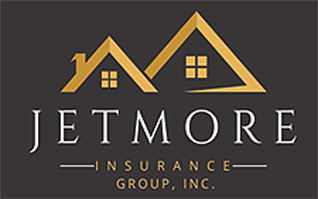By SOPHIE PETIT
COLUMBIA, Md.—Computer science students at Hammond High School aren’t just reading textbooks and taking notes these days, but are designing actual software, like interactive fossil fuel maps, for their fellow students to use in other classes.
Instead of working on some “make-believe project,” students address a current problem, in this case sustainable energy, said Hammond High computer science teacher Alan Kostrick.
Students even have a deadline to finish the software because other students are waiting to use it, he said.
And students like it.
“It’s exciting,” said 17-year-old Audrey Clark.
The class is part of a STEM program (science, technology, engineering and math) called Learning Studios and created by the National Commission on Teaching and America’s Future, a non-profit educational group.
It brings real-life professionals, like NASA scientists, together with teachers and students in all grades to spend a year working on real-world, problem-based projects, like the fossil-fuel project at Hammond High.
“It’s like they’re working for a software design company,” Kostrick said.
The program is part of Maryland’s overall effort to address two issues plaguing the state and the nation: Students aren’t interested in STEM-related subjects and not enough teachers are qualified to teach them.
Maryland sits in the nation’s hub of high-paying technical jobs, said Ted Imes, director of corporate citizenship, electronic systems, for Northrop Grumman Corporation, at an education summit hosted by the commission last month.
But hundreds of engineering jobs, for example, remain unfilled at his company every day, he said, which is where Learning Studios and other STEM initiatives come in.
Starting in just six Maryland public schools in 2009, the program is now used in 30 schools across four districts, and is rapidly expanding, said commission president Tom Carroll.
The schools using the program are in Howard, Prince George’s, Anne Arundel and Baltimore counties.
The commission just invited Montgomery County to join, and now the Maryland Department of Education is requesting the program across the state, Carroll said.
“It’s more hands-on. Other classes you just take a lot of notes,” said 15-year-old JT Brittain. “I like this better.”
Maryland is the first state to set specific “STEM standards of practice” that tell teachers not just what STEM is, but how to teach the subjects, said Donna Clem, STEM coordinator for the Maryland Department of Education.
Other non-government organizations are also working on enhancing STEM education.
The Maryland Business Roundtable for Education, a non-profit coalition of employers supporting education, announced at its annual meeting last week that it’s going to expand STEMnet, an extensive online resource for students and teachers that launched last year.
Learning Studios aims to make math and science real to students by putting them to work on real projects that are designed with help from real STEM professionals.
It “should be implemented in all schools,” Clem said. “But it isn’t easy,” especially securing funding.
The program costs each school district about $70,000 to $75,000 a year, which covers teacher training and resource support from the commission, said Melinda George, commission vice president and chief operating officer.
So far, the commission has brought some funding into the schools through outside grants, said Jeff Dilks, Learning Studios’ senior director.
The four-year $250 million federal Race to the Top grant, awarded to Maryland in 2010, has also been a savior in funding STEM initiatives, educators said.
But educators at the summit wanted to know, what happens when grants run out?
After Learning Studios builds the foundation, “we need to help schools take over more and more,” and encourage more teacher leaders so when the program ends, the learning continues, George said.
“We’re not a curriculum. We’re a process,” Dilks said. “We hope that the school district can incorporate regular professional development.”
The program is not only expanding but also gaining more interest from funders, Carroll said.
The commission has received grants for the program from Northrop Grumman and NASA, and Boeing just gave a two-year $95,000 grant, up from $30,000 last year.
Boeing’s future, said Tom Bartlett, one of the company’s community investors, relies on finding a way to close the skill gap.


